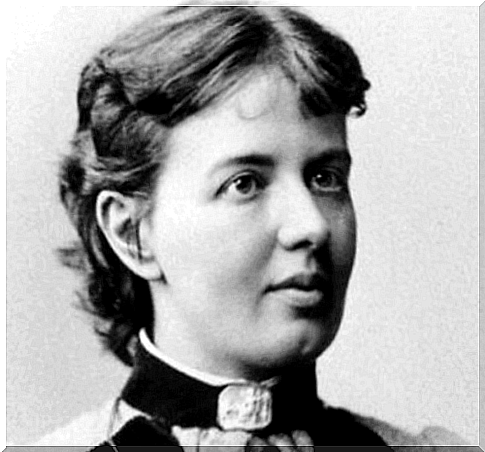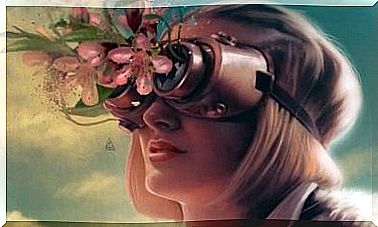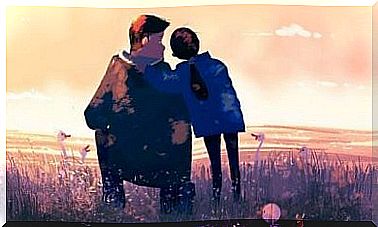Sofia Kovalévskaya: Biography Of A Brave Mathematician

Sofia Kovalévskaya was an extraordinary woman who made important contributions to mathematics and physics. She was also a writer, leaving behind an autobiography, called Nihilist Woman, as well as a play. A woman ahead of her time. She was a true pioneer.
Sofia Kovalévskaya was a remarkable woman, thanks to her contributions in mathematics and physics, as well as her incredible tenacity. She was born into a world where women were met with closed doors to education. They could not even travel without the permission of their fathers or husbands.
The most interesting thing about Sofia Kovalévskaya’s life is exactly the way she navigated all the constraints imposed on her by society. She achieved her dreams and worked on her projects, despite these boundaries.
Sofia was actually the first woman to complete a university degree. She was also the first known female university professor.
Without really intending to be, Kovalévskaya became a pioneer of feminism. She showed that perseverance is an unstoppable force that, at times, helps people achieve what seems impossible.
Sofia Kovalévskaya, penetrated the world of writing, in addition to her important discoveries in the scientific field. She dedicated herself to poetry, the discovery of science, and even contributed to astronomy.

Sofia Kovalévskaya’s childhood
Sofia Kovalévskaya was born into a very special family. On her mother’s side, she was a descendant of the King of Hungary, Matías Corvino. However, her grandfather married a gypsy. As a result, they did not allow him to retain the title to which he was entitled.
On her father’s side, she had several famous family members, such as the cartographer, Friedrich Schubert, and the astronomer, Theodor von Schubert.
Sofia was born on January 15, 1850 in Moscow, Russia. Her older sister was the famous socialist, Anna Jaclard. When she was very young, she moved to Belarus with her family. Her new home was highly influenced by scientific knowledge. Two of her uncles and her father instilled in a great love of reading and research.
When they arrived in Belarus, the family discovered that a wall in Sofia’s room was missing some pieces of wallpaper. Therefore, they decided to solve the problem by putting up pages from a random book to cover the gaps.
The book dealt with various bills and had been selected at random. The little girl began to study and read the pages with surprise and interest.
Sofia Kovalévskaya was a clever girl
Although her father hired private tutors to give her lessons, he was amazed to see how fast she progressed. He was afraid of “wise women”. Therefore, he interrupted her education. However, the young girl continued to study on her own, and she even taught herself algebra.
The famous author, Fiódor Dostoyevski, courted Sofia’s sister, even though Sofia was completely in love with him. He was her impossible love.
Both Sofia and her sister knew that the only way to gain some freedom was to get married. During this time period, there were many women who said yes to “white marriages”; in other words, marriages of opportunity.
During this time, it was common to make an agreement with someone about a formal wedding, and then each person lived completely independently. Anna, Sofia’s older sister, wanted to do this with the paleontologist, Vladimir Kovalevsky. However, he preferred to marry Sofia, who was just 18 years old.

Sofia Kovalévskaya: A unique woman
As expected, the marriage provided Sofia with new opportunities. They moved first to Heidelberg, and then to Berlin.
There, she met the famous mathematician and analyst, Karl Weierstrass, who (to begin with) did not believe in her talent. Realizing her degree of passion and intelligence, he asked to have her accepted as a student at the university. The university rejected this, so he decided to give her private lessons himself.
Thanks to Weierstrass’ support, Sofia received a doctorate. He allowed her to present her thesis without being physically present. Next, she embarked on a long journey to find work that would enable her to develop her talents.
Her professional life
About 10 years after she graduated, her friend, Gösta Mittag-Leffler, helped her get a position as a professor at Stockholm University.
At the time, Sofia had a daughter and her husband had committed suicide. Her condition as a widow helped her diminish the opposition to hiring her.
Throughout her life, she received numerous awards. She was one of the first women to become a member of the Russian Academy of Sciences. She died early at the age of 41 due to pneumonia. One of the craters in the moon is named after her, as a tribute to her great contribution.
Sofia was one of many ingenious female divr that history tried to hide. She is barely mentioned in schools, but her accomplishments were far more incredible than most of her contemporary divr. She was one of those radiant minds that, at times, pops up in the history of mankind.









